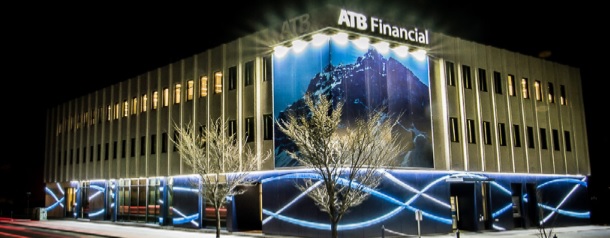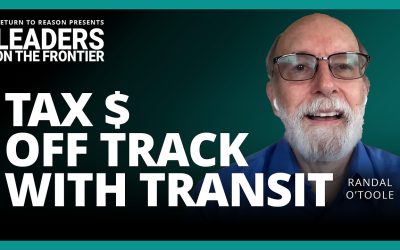The Frontier Centre for Public Policy has just released Public Choice Alternatives: A Valuation of ATB Financial. This is the second paper in the Public Choice Alternatives series authored by Ian Madsen, a senior research analyst with Frontier Centre for Public Policy. This series analyzes the intrinsic and market-based valuation of different crown corporations across Canada.
The first ATB branch was opened in Rocky Mountain House in 1938. A system of temporary financial institutions called ‘Treasury Branches’ were created by the Social Credit government of the day as an alternative source Albertans could turn to for credit. Over the past 75 years, ATB has grown across Alberta to include 173 branches, servicing 244 communities. ATB’s mandate is to facilitate access to financial services for Albertans. Customers must be predominantly Alberta residents, and corporations headquartered in Alberta must be operating independently from the provincial government. Since ATB is the last and only crown bank on the prairies, it is time to examine Alberta’s public choice.
To find out how the sale of ATB Financial could benefit Alberta residents, read this interesting valuation and public choice report here: FC205_ATBEvaluation_NV0917_F1



